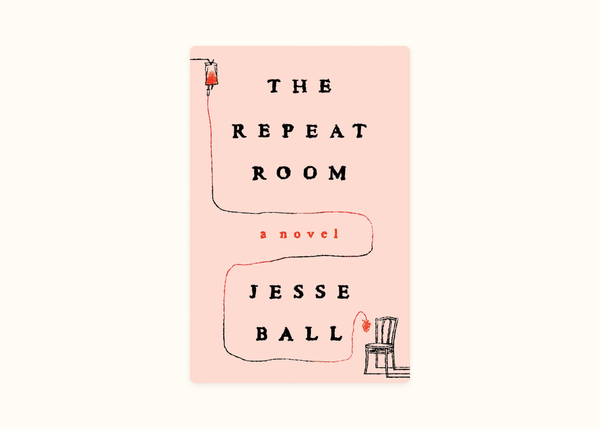John Hersey – Hiroshima (1946)
An incredibly raw retelling of the destruction and death visited upon a population almost eighty years ago


August 2023 • Non-fiction
‘In referring to those who went through the Hiroshima and Nagasaki bombings, the Japanese tended to shy away from the term “survivors”, because in its focus on being alive it might suggest some slight to the sacred dead. The class of people to which Nakamura-san belonged came, therefore, to be called by a more neutral name, “hibakusha”—literally, “explosion-affected persons.”’
On August 6th, 1945, at 8:15am, an atomic bomb devastated the lives of approximately 140.000 people living in Hiroshima, Japan. Homes were wiped away like dust from a shoulder, large buildings levelled in seconds, and people obliterated, their shadows etched into the city's remaining stone.
Originally published in 1946, John Hersey's book is a harrowing and celebrated account of the lives of six hibakusha—a clerk, a seamstress, a doctor, a pastor, a young surgeon, and a German catholic priest. He wrote it as a piece for New Yorker magazine in August of 1946—the only story they ran in that edition—and it was later reprinted as a book.
Hersey follows the path of these six men and women in the immediate minutes, days and weeks after the attack, and in doing so vividly outlines the destruction caused by the bomb. He tells their stories with great care, building a kind of suspense by switching from character to character, but never overstepping or overstating. The writing is deceptively simple, but with his phrasing he lands blow after blow after blow, and paints a picture of humanity at its worst, and at its best.
The book is an account of life amid the rubble, made up of vivid vignettes: Of Mr. Tanimoto, who finds a boat he can use to transport the gravely injured, and who duly apologises to the five dead men he has to take it from; of Dr. Sasaki, who treated hundreds of wounded at the Red Cross Hospital and, when he finally lay in hiding to take a nap behind the hospital, after nineteen straight hours of gruesome work, was found within the hour by more wounded—and got up to continue his work; of Father Kleinsorge, who clambered over dead bodies to fill a teapot with water and stumbles into a group of wounded soldiers—their injuries described as “the fluid from their melted eyes had run down their cheeks”—who he knows will not live through the night, but who he provides with water nonetheless.
The descriptions of the destruction and suffering are undeniably difficult to read, but read they should be. In its final chapter, The Aftermath, added in 1985, Hersey revisits the six hibakusha forty years later, and documents how they continued their lives. While that final chapter does shine a light of human perseverance on this story, I couldn't help but feel disheartened, too, as here he juxtaposes his writing with intermissions outlining continued atomic and hydrogen bomb tests carried out by more countries in the years following the blast: driving home the point that the book contains an incredibly raw retelling of the destruction and death visited upon a population almost eighty years ago, and a world that has moved on perhaps a little too easily.
Hiroshima by John Hersey
Published in 1946 by Alfred A. Knopf, Inc.
Buy the book
One book recommendation, once per month.
Book #8 • August 2023




